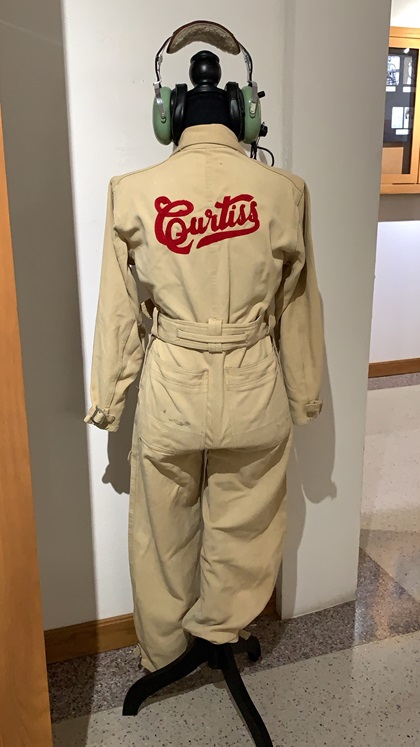A modern frontier destination full of unique attractions
Oklahoma City, Oklahoma
Chad Huntington was on the opening day crew in 1999 when the first water taxi launched into the newly constructed Bricktown Canal in downtown Oklahoma City. He loved telling the city’s narrative in his role as executive director of another nearby fledgling district, Automobile Alley, and figured a part-time gig navigating and narrating a sightseeing boat would be the perfect extension of his passion.
In 2019, as the canal and the taxi service turned 20 years old, Huntington purchased the Bricktown Water Taxi operation. We visited Oklahoma City that summer and took the 40-minute narrated water taxi, learning what there was to do in the district and hearing a mostly lighthearted history of the city and the canal, though our guide had not yet been born when it was built two decades earlier.
Some of the early passengers were locals, perhaps coming to discover a part of the city they haven’t ventured to before or in many years, and now nearly three of every four on board are out-of-towners as Oklahoma City has become more of a tourist destination.
What has the canal done for this capital city of 1.3 million, the largest in Oklahoma? I live within two hours of Oklahoma City and can say that nearly all of my 20 or so visits have included at least a few hours in the Bricktown area. Sometimes that’s grabbing a meal at one of the restaurants where you can sit on expansive patios along the canal, other times it’s to attend a minor league baseball game at Chickasaw Bricktown Ballpark.
And development in Bricktown spawned the revitalization of other districts and transportation between the districts, including the Oklahoma City Streetcars. There are 14 unique districts in the heart of the city and it’s been fun to watch them evolve over the years as a frequent visitor. Recently, I’ve explored:

- The Boathouse District, where you can get adventurous at the nation’s only urban whitewater rafting and kayaking center.
- The Arts District & Film Row, home to many of the city’s visual and performing arts venues, the Oklahoma City Museum of Art, and the site of one of my favorite hotels, 21c Museum Hotel Oklahoma City, housed in a historic Ford Motor Company assembly plant on the west end of downtown.
- Automobile Alley, once the primary location for the city’s car dealerships and now a collection of eclectic restaurants, shops, and attractions like the immersive art collective Factory Obscura.
- The City Center or Downtown District is in the middle of it all and is home to some of the city’s must-see attractions. The newly created Scissortail Park, which has 70 acres of public space; the Myriad Botanical Gardens and Crystal Bridge Tropical Conservatory, which will reopen in the fall of 2022 after renovation; and the Oklahoma City National Memorial & Museum, a moving tribute to those lost and affected by the 1995 bombing of the city’s Alfred P. Murrah Federal Building.
You can easily fill a weekend staying in the center of the city, but you’ll want to venture to other areas to see some of Oklahoma City’s one-of-a-kind museums. In the Adventure District, where you’ll find Science Museum Oklahoma and the Oklahoma City Zoo, you won’t want to miss the National Cowboy & Western Heritage Museum, packed with Western history, art, and culture, and the American Pigeon Museum & Library, where you can see 12 different breeds of live pigeons and learn the interesting history of the birds’ wartime efforts.
This year the First Americans Museum opened not far from the Bricktown District. It shares the collective stories of the state’s 39 federally recognized tribes who were removed from their ancestral homelands to what is now Oklahoma.
In the south part of the city, the Museum of Osteology displays more than 300 skeletons ranging from a tiny hummingbird to the framework of a 40-foot-long humpback whale, many normally not seen in museum exhibits.
Among the options for flying into Oklahoma City are Wiley Post Airport and Will Rogers World Airport. A bonus to flying into Will Rogers World Airport is that it’s also the home of The Ninety-Nines Museum of Women Pilots. The headquarters for the international organization of women pilots moved from New York City to the Will Rogers World Airport Terminal Building in 1955, and in 1999, the museum opened to offer research and exhibits on the history of women in aviation.
Oklahoma City bills itself as The Modern Frontier, and everywhere you venture you see new development with nods to its history as a frontier city.













